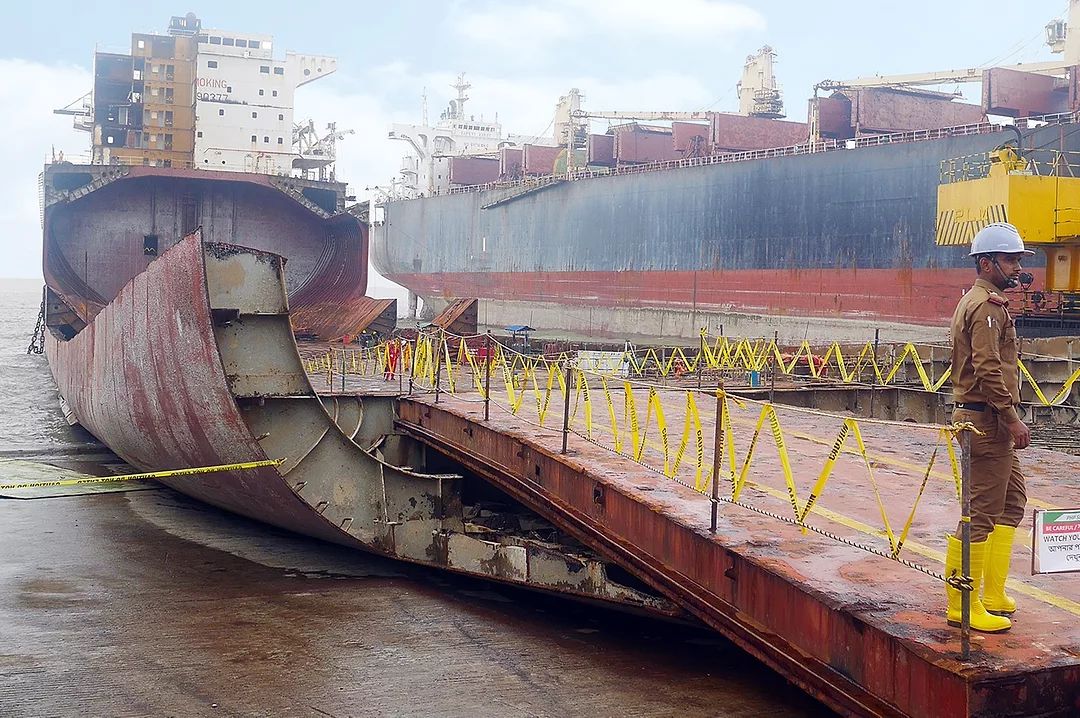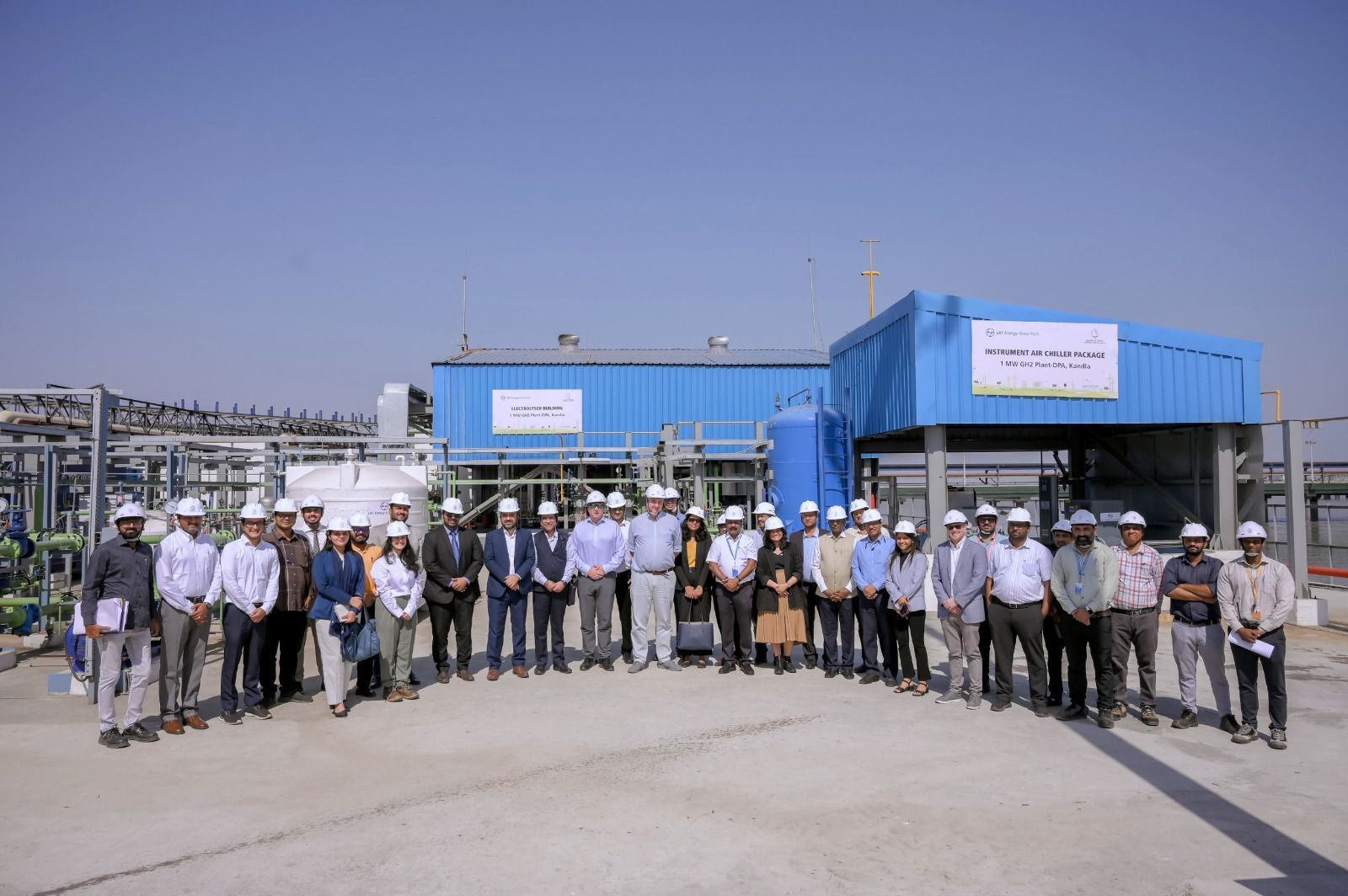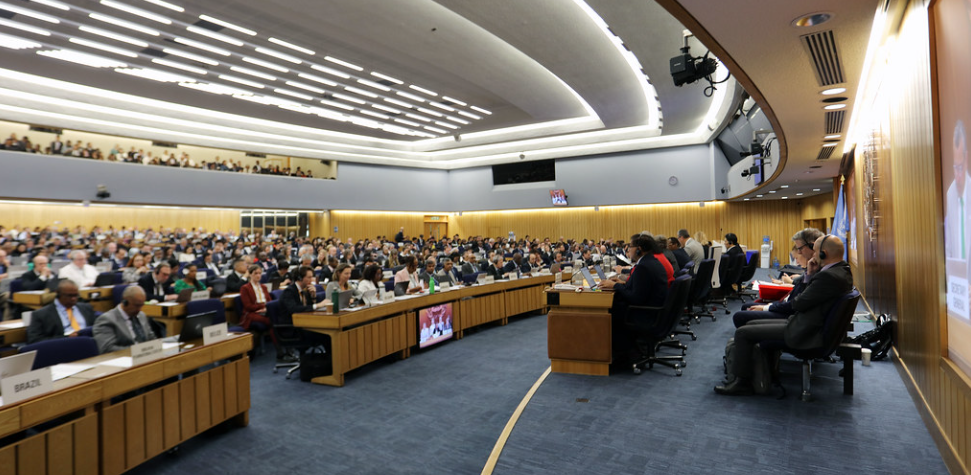India Ends Transhipment Facility for Bangladesh Amid Rising Tensions
Decision to Halt Access to Indian Ports and Airports Jolts Regional Trade Dynamics
New Delhi/Dhaka — April 11, 2025

In a sharp escalation of bilateral tensions, India has withdrawn a key transhipment facility that allowed Bangladesh to export goods to third countries through Indian ports and airports. The move is expected to significantly disrupt Bangladesh’s trade with neighbouring countries such as Bhutan, Nepal, and Myanmar, and could mark a turning point in the diplomatic relationship between the two South Asian nations.
The Central Board of Indirect Taxes and Customs (CBIC), under India’s Ministry of Finance, issued a circular on April 9 officially scrapping the previous communication from June 2020, which had granted Bangladesh access to Indian land customs stations (LCSs) and onward routes via Indian ports and airports. This facility had been further extended in 2023 to allow air cargo exports via Delhi’s Indira Gandhi International Airport.
The sudden revocation of this transhipment route is widely seen as a retaliatory move in response to Bangladesh’s alleged attempts to revive the historical Lalmonirhat air base, a World War II-era British-built military facility situated near India’s strategically sensitive Siliguri Corridor. Reports in Indian and regional media suggest that Dhaka may be collaborating with China and Pakistan on the project, raising alarms in New Delhi over potential security implications.
The Siliguri Corridor, often referred to as the “Chicken’s Neck,” is a narrow stretch of land that connects mainland India with its northeastern states. Any perceived threat near this corridor triggers strong strategic concerns in India. The Lalmonirhat airbase, located in northern Bangladesh, is less than 100 kilometers from this corridor, and its revival—especially with the reported involvement of rival regional powers—has been viewed with deep suspicion in Indian defense and security circles.
“India’s decision is clearly influenced by geopolitical considerations,” said Ajay Srivastava, founder of the Global Trade Research Initiative (GTRI). “While this is being presented as a customs and logistics matter, the underlying tension stems from Bangladesh’s recent military and infrastructure engagements, which India views as compromising its strategic interests.”
Srivastava emphasized that the immediate fallout would be on Bangladesh’s regional trade, particularly with landlocked countries like Nepal and Bhutan, which relied on Indian routes to access Bangladeshi goods. “The trade triangle involving India, Bangladesh, and its neighboring nations has been disrupted,” he said.
For Bangladesh, the end of the transhipment facility represents a significant logistical and economic setback. Over the past few years, Dhaka had been increasing its use of Indian ports and airports to streamline its exports to neighboring countries and to global markets, especially via Delhi airport for time-sensitive air cargo.
The facility had been seen as a gesture of goodwill and growing regional cooperation under India’s “Neighborhood First” policy. Its withdrawal signals a reversal in tone and signals a tougher stance by New Delhi on issues of mutual trust and cooperation.
According to Bangladeshi trade analysts, this move could increase transport costs and extend delivery timelines for exporters, particularly in the garment, pharmaceuticals, and agro-products sectors—industries that are vital to Bangladesh’s economy.
“This is a serious disruption. It could push Bangladesh to explore costlier or more complicated alternatives, such as using maritime routes directly or seeking air access through third countries,” said Rubaiyat Ahmed, a Dhaka-based logistics expert.
The timing of India’s decision comes amid broader regional flux. Bangladesh is navigating complex diplomatic terrain, balancing traditional ties with India while also cultivating relationships with China and Pakistan. The reported plans to revive the Lalmonirhat air base appear to be a flashpoint in this evolving alignment.
Indian officials have not publicly commented on the connection between the Lalmonirhat project and the transhipment decision. However, senior government sources speaking off the record confirmed that security concerns related to growing Chinese and Pakistani presence in Bangladesh’s infrastructure development were “central to the reassessment.”
In Bangladesh, the decision has sparked a debate over the country’s foreign policy direction. “We have to ask whether engaging with adversarial powers in sensitive projects is worth jeopardizing our economic lifelines,” said Mohammad Rahman, a senior fellow at the Dhaka Centre for Strategic Studies. “India is our largest neighbor and a key partner. This decision shows what’s at stake.”
With the transhipment facility now revoked, Bangladesh will need to urgently reevaluate its export routes and logistics planning. Regional supply chains could face temporary disruptions, especially in cross-border trade with Bhutan and Nepal, which heavily depend on Indian territory for transit.
India’s move may also reverberate in regional platforms such as BIMSTEC (Bay of Bengal Initiative for Multi-Sectoral Technical and Economic Cooperation) and SAARC, where both countries are key members. Analysts warn that rising tensions could dampen prospects for broader regional cooperation initiatives.
Despite the friction, some diplomatic observers remain hopeful that back-channel talks or high-level interventions may lead to a restoration of the transhipment facility—provided Bangladesh reassures India about its security concerns.
Until then, the region braces for the economic and diplomatic aftershocks of this latest rift, in what appears to be a growing contest of influence in South Asia.
Author: shipping inbox
shipping and maritime related web portal








